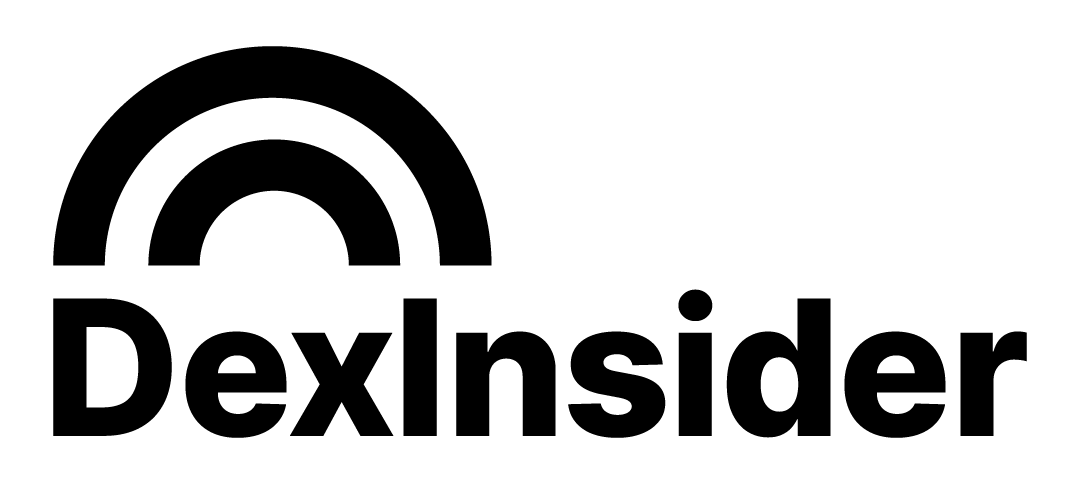What Is Tokenomics And Why Does It Matter?

What Is Tokenomics?
Money serves three primary functions in our daily lives:
- Store of Value: When we save our paychecks in the bank, money preserves our purchasing power over time.
- Unit of Account: When you see your favorite ice cream costs $5 at the grocery store, money is acting as a unit of account, providing a common measure of value.
- Medium of Exchange: When you pay $5 at checkout, money is functioning as a medium of exchange, facilitating the transaction.
The branch of economics that studies these monetary functions is appropriately called Monetary Economics.
In the crypto space, Tokenomics or Token Economics examines how digital tokens are used, distributed, and designed within a blockchain-based ecosystem, including the economic principles, governance structures, and incentive mechanisms that define a token's purpose
Why Tokenomics Matters
Understanding the key functions of money can help clarify the parallels between traditional monetary economics and tokenomics. Here's why tokenomics is crucial to the web3 world.
Tokenomics forms the foundation of the web3 economy. It determines how value is created, maintained, and distributed within a blockchain-based ecosystem. Effective token economic design can incentivize user behaviors, promote network growth, and ensure project viability over time. Poorly designed tokenomics can lead to issues like inflation and misaligned stakeholder incentives, affecting the success and adoption of a blockchain project.
Key Elements Of Tokenomics
There are various factors that shape the dynamics and sustainability of a token economy.
Supply And Demand
Supply and demand are fundamental in tokenomics as in traditional economics. The dynamics between token supply and demand play a central role in determining its value and viability.
The total token supply refers to the maximum number of tokens that can exist. It can be fixed or variable. For example, Bitcoin has a fixed total supply of 21 million CRYPTO:BTC, while Ethereum’s (CRYPTO: ETH) supply is dynamic. Identifying specific use cases for the token is crucial. More utility, like for payments, governance, or accessing services, can drive demand. Network effects can increase adoption and demand.
The relationship between token supply and demand is crucial in determining the token’s price and economic viability. Projects must carefully design their token supply and distribution mechanisms to ensure a healthy balance that supports long-term growth and sustainability of the ecosystem.
Token Distribution And Incentives
Token distribution and incentive mechanisms are crucial in a token economy. Projects must carefully allocate and distribute tokens to stakeholders. The initial distribution should align incentives with long-term growth and viability. Reserving a significant portion of the token supply for the community instead of concentrating it in the team's or investors' hands can create a more vibrant token economy.
Token incentives throughout the lifecycle of the economy can motivate specific behaviors that benefit the network. These can be in the form of staking rewards where users lock up tokens in order to earn rewards, bounties/grants, and liquidity mining rewards for providing liquidity to a decentralized exchange.
Incentive mechanisms should encourage the right user behaviors and promote long-term sustainability. Poorly designed incentives can lead to unintended consequences, like short-term speculation or unsustainable token inflation.
Token Utility And Governance
An economy forms around a token only when a significant number of people adopt it. Well-designed token utilities can accelerate adoption by providing a clear and compelling reason to buy, hold, and spend the token.
A token's utility refers to its functions and applications within the ecosystem. The more valuable and essential the token's utility, the greater its adoption. Common use cases include payments, access to services or features, and governance rights. Another important aspect is the token's ability to accrue value for its holders, incentivizing token use and ownership.
Tokens can also be used to represent ownership stakes or voting rights in the protocol’s governance, allowing holders to shape the ecosystem’s future. Governance tokens empower the community to have a direct say in the project’s development, fostering a sense of ownership and alignment with long-term success. By incorporating value accrual and governance features, projects create a self-reinforcing cycle where the token’s utility and adoption drive increased demand and value for holders, strengthening the ecosystem.
Tokenomics is crucial for any successful web project. Projects can create a thriving token economy that aligns incentives, drives adoption, and ensures long-term sustainability by carefully designing the token supply, distribution, and utility. Effective tokenomics can make or break a project. A deep understanding of tokenomics will be essential to build robust and resilient web3 economic systems as the web3 space evolves.
Vajresh Balaji is the Head of Web3 Product at Fantastic Day, an innovation studio helping founders build viable web3 token economies.




